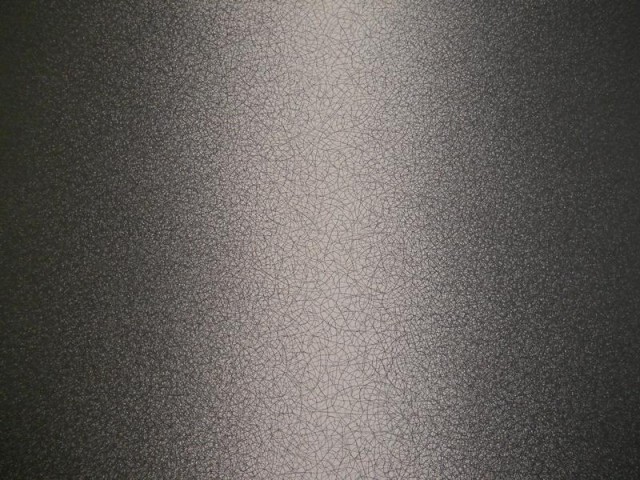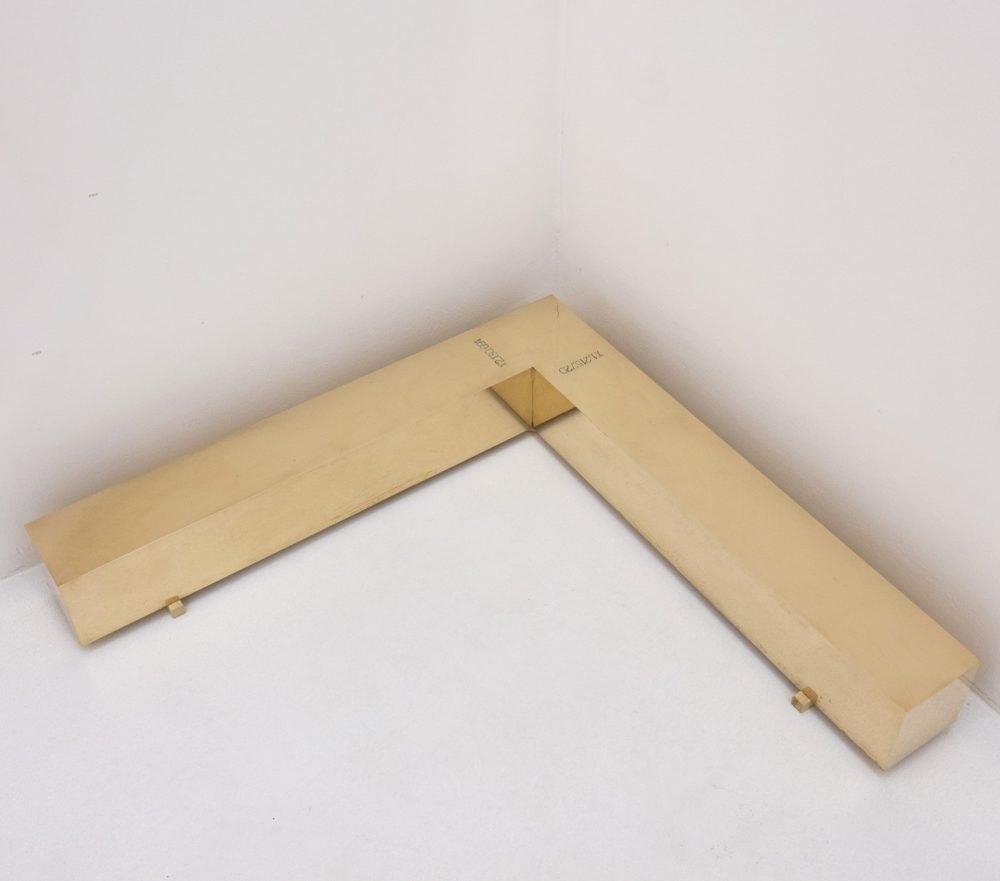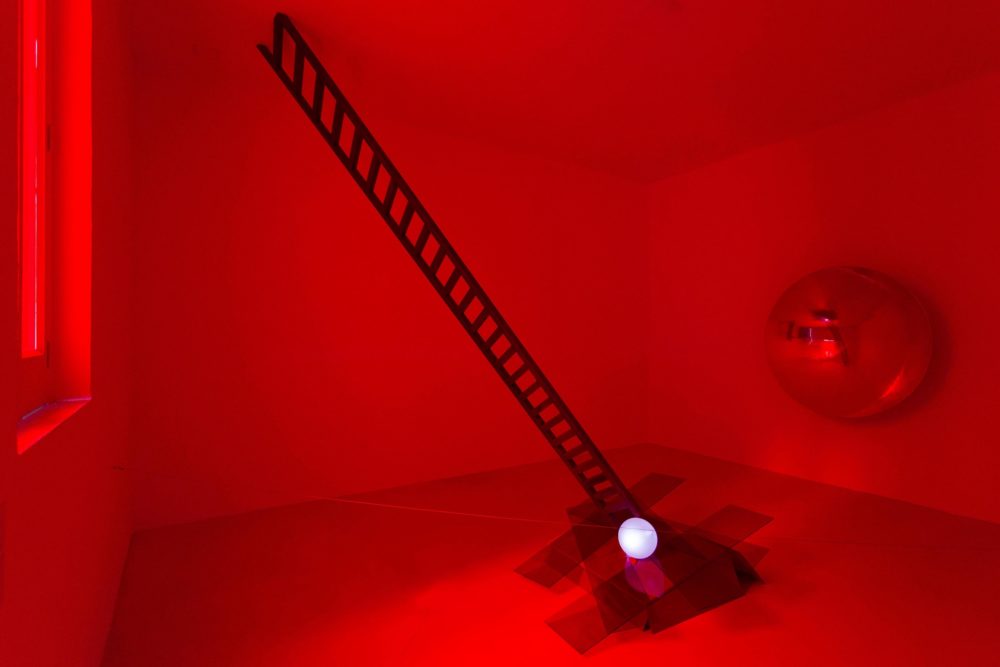By exploring the language of abstraction as a possible meeting point between the painting tradition and contemporary access to images, Paolo Bini (Battipaglia-Salerno, 1984) explores the expressive capacity of colour, form and materials which are combined to create original emotional and intellectual effects. After a residency in Cape Town in 2013, he has focused on landscape, fragmenting it through the scanning of the canvas in horizontal bands and the choice of different shades – warm and cold shades – that lead to an investigation of the places filtered through different degrees of brightness. The artist’s procedure consists in painting each strip individually and then scraping the initial surface in order to obtain a visual palimpsest generated by discontinuity. The choice of support is also involved in the process when the artist uses circular and oval canvases to give the effect of a further extension of the surface through the view and the visual field.
Bini also creates site-specific installations where the painting interacts with the space around it; an example is the intervention done in 2014 at the Madre as part of the competition Show_Yourself@Madre and the exhibition Left Behind at the Reggia di Caserta in 2016, an itinerary through the five rooms of the 18th Century back rooms where canvases and painting interventions interacted structurally and perceptively with the frescoed and decorated rooms of the building designed by Luigi Vanvitelli.
The work exposed at Madre in the context of Per_forming a collection project, Paesaggio con vibrazione (“Landscape with Vibration”, 2016), belongs to a moment of transition from the defragmented painting that had marked previous works to a more cohesive and organic organisation of the paint surface in which the modular rhythm caused by horizontal stripes is softened, making the painted backgrounds more compact. Once again the starting point is the landscape, one of the most popular artistic genres in the history of painting, and an icon of the Mediterranean world. However, these works do not contain a specific geographic reference but rather superimposed atmospheres based on journeys and observations, a “lived-in geography”, as the artist defines it, which is the interiorisation of experience and the very idea of landscape.
Paesaggio con vibrazione, which represents a prelude to the work Luoghi del sé (“Places of the Self”) for which Bini was awarded the Premio Cairo in the same year, simultaneously represents the start of a new artistic enquiry that veers towards an exploration of form in increasingly more rational and geometric terms. This new work strays into the field of sculpture, representing an introspective moment of reflection on the impressionist and expressionist potential of abstract language. Bini translates the pixelisation of the initial digital image into pictorial terms, creating a shift from a cold medium to a hot medium while also recounting, through an ancient language reappraised using new coordinates, the anxieties and disconnections that distinguish the contemporary gaze and contemporary knowledge.
[Alessandra Troncone]


